REDSTONE ARSENAL, Ala.--They could be the next William Shakespeare, Leonardo da Vinci, Wolfgang Amadeus Mozart or Fred Astaire.
In a day and age when school budgets are lean but expectations for academic achievement remain high, often the first programs to go to the chopping block are the very ones that have been proven to help students reach even higher levels of success both in the classroom and beyond their educational years. But at some Tennessee Valley schools, the fine arts aren't just barely breathing - they're alive and well.
"Even in times such as these, we have to keep our fine arts programs very much alive," said Geraldine Tibbs, director of communications and public relations for the Madison County school system. "We believe that for one to be educated is to be well rounded. The arts are very much a part of educating a student, as are the other disciplines. They help to mold, guide and direct students, along with helping one to see the broader view of things in life."
The Alabama Department of Education requires a half credit of arts education, which encompasses dance, music, theater or fine arts, for a student to graduate high school in Alabama. Students in grades 1-6 are recommended daily instruction by an arts specialist; where that is not possible, students in grades 1-3 should ideally receive two 30 to 45 minute instructional sessions weekly; students in grades 4-6 a minimum of 60 minutes of instruction per week. When an art specialist is not available, interdisciplinary instruction in the classroom is encouraged. Neighboring states Florida, Mississippi and Tennessee both require a full credit in Fine Arts for graduation; Georgia requires students take three credits from career, technical and agricultural education, and/or modern language/Latin, and/or Fine Arts. While that's the bare minimum, in the case of fine arts, evidence shows that more, is in fact, better.
"Art education helps students with creativity, academic achievement and self-discipline," said Barbara Williams, school liaison officer for Child Youth and School Services. "Generally, students who are involved in art and music education think creatively and develop better problem solving skills. They also learn how to work as a team and develop leadership skills. Music teaches children to take risk and conquer fears. When students succeed, they are willing to take more."
The 2010 College Board's total group profile report on the 1.59 million college-bound students that took the SAT from the class of 2010 found that on average, students that had taken more than four years of art and music scored 26 points higher on the reading portion of the test, 23 points higher on the math portion and 27 points higher on the writing exam. Students that had two years of art and music scored on par with the national average, while students that had only studied art and music for half a year or less actually scored lower than average on the college entrance exam.
Early start in arts
"Anyone worth their salt in education understands the connection between being involved in fine arts and cognitive development," said Julie Finley, assistant principal at Bob Jones High School.
With more than 100 member organizations and individual artists that comprise the Arts Council Inc., an organization dedicated to promoting and advancing the arts in the greater Huntsville/Madison County community, there are a plethora of opportunities for parents to not only introduce their children to the arts, but to also get them involved outside of the classroom, like at this weekend's annual Panoply Arts Festival in Big Spring Park. Besides Panoply's fifth-grade days program, which introduces students from local schools to art in the park, the festival hosts numerous events that educate and showcase local arts programs for children.
"There are a variety of opportunities for parents who want to see their children engage more deeply in the arts outside of school," said Allison Dillon-Jauken, executive director for the Arts Council. "Between the arts experiences that they have in school and those opportunities outside the classroom, all that contributes to increased academic performance across the board."
Where sack lunches and juice boxes usually make their home, stringed instruments cover the lunch tables at the Academy for Academics and Arts in Huntsville, waiting for the big moment - the spring orchestra concert - to bring the school's auditorium to life with patriotism, as the fifth and sixth grade musicians play the Star Spangled Banner for an audience for the first time. Open to students in grades K-8, the strings program is just one of the many fine arts courses available at the magnet program.
"The earlier you start them the better," principal Wilbert Brown said. "The whole purpose of the arts is to find more creative methods of communication."
Students are eligible to apply to the school during the year of their fourth birthday. All students must undergo an application and interview process, in which the potential student must demonstrate a distinct interest in the arts, whether it be through dance, music or visual art. More than 100 students apply to the kindergarten program, only 36 are accepted. Waiting applications move up as the student advances throughout their academic career, but with admission at the school in such demand, some AAA hopefuls never make the cut.
"A student that comes here should be interested in the arts," Brown said.
I
n addition to the typical academics you would find in an elementary school, the approximately 400 AAA students engage in choir, dance, drama, music, strings and visual art. Each student in grades K-5 participates in dance and physical education on a daily basis and the visual arts at least once to twice a week. General music studies begin in kindergarten as well, with every second grader in the school learning how to play a stringed instrument - after second grade it is their choice if they want to continue.
________________________________________________________________________
Active duty military night at the Panoply Arts Festival will be held Friday from 5 to 9 p.m. at Big Spring Park downtown. All active duty military with current ID and their families will receive free admission to the Friday night festivities. For more information about Panoply, visit www.artshuntsville.org/our-programs/panoply-arts-festival.
________________________________________________________________________
Drama begins in second grade, a popular offering, with the up and coming actors performing once a year, as well as a school-wide production of "Mr. Grumpy's Toy Shop" every four years that includes every student in the school, including the special needs students. Once a child hits middle school, the choice is theirs what they want to pursue. With so many students overlapping in art, choir, orchestra, the special drama group "Stars and Clowns," and dance, it's not always an easy decision to make.
"I could not be a middle school student here," Brown said, laughing at the many options available to students and the difficulty of fitting everything they want into their schedule.
Even though by its very name, the arts are paramount at AAA, the school is not exempt from the budget woes affecting educational institutions across the country, and parents have taken a special interest in keeping the arts not just alive, but thriving at the school. Whether it be giving monetarily, making photocopies for teachers to cut back on expenses, volunteering to help with a concert or painting the theater's proscenium for the latest play, parents take an active role in their child's education at AAA.
Students that complete their education at AAA have the option of continuing that fine arts immersion at Lee High School in Huntsville, where a gentle melody from a single soprano voice fills the cafeteria, while down the hall and in other corridors, students are sculpting, dancing, and acting. The school's magnet program offers fine arts subjects such as vocal performance, visual art, theater performance, orchestra and dance. On the stage and in the studio, while skilled at their dedicated craft, these teens aren't just artists - they're exceptional students too.
"They're well rounded - not just the best in the school, but the best in the country," said Linda Meigs, magnet coordinator.
Of the approximately 700 to 800 students in the school, 160 are currently enrolled in the school's magnet program, which, similar to AAA, requires an application and audition process. In addition to their daily academic courses, students spend two of their seven class periods a day in their magnet program, performing plays, working on choreography, singing classical pieces in Italian, French and German, or rehearsing an orchestra piece. Celebrating 25 years in existence next year, the program attracts creative students from all walks of life from across the Huntsville area, allowing for not just an artistically connected community, but a diverse one as well. The mix of diversity and intense focus on the arts is what sets the school's program apart, Meigs said.
"It's supposed to be special, it's supposed to be unique, it's supposed to be something you can't get anywhere else," Meigs said of the program.
The students that call the school home aren't just special in the eyes of Meigs and faculty, but across the area and nation - the awards and accolades for each program are too numerous to count, but include honors at All-State Choir, Visual Art Achievement awards and trophies at the state's Walter Trumbauer Theatre Festival. Performing is just part of the routine for students - a theatre performance showcase, "Llamas, Masks and Guillotines" will be held Friday at 7 p.m. at the high school, the first annual art showcase will be May 5 from 5:30-8:30 at Lowe Mill, a dance concert is on schedule for May 5-6 at 7 p.m., in addition to their performance at Panopoly this weekend, and just days later, May 9, the orchestra will give their spring concert at 7 p.m. Branching out even further, the Lee Lyric Theatre is holding community wide auditions for individuals 13 and older for a production of "Hairspray" this summer. Auditions will be held at 2 p.m. April 30 and May 1.
Broadway on Bailey Cove
But you don't have to attend a magnet school to get a healthy dose of the fine arts. Perhaps the nickname for Grissom High School's Theatre Department says it best - "Broadway on Bailey Cove."
"Grissom Theatre is a decades old program and it has grown to become a powerful asset to the Huntsville arts and education communities," said Lydia Marsh, theatre teacher at Grissom.
Approximately 200 students enjoy the four levels of acting/directing courses available at the school on a daily basis, which includes Theatre 1, 2, 3, and 4, along with Technical Theatre, as well as a Musical Theatre course available through the Choral Department. Each year the department program presents five public productions and competes at two-state level competitions, with the most recent honors being a Best in Show trophy from the Trumbauer Festival for the group's one-act play, "Beyond Tolerance." Grissom's legacy of musical productions dates back 20 years, with 4,000 patrons taking in this year's performance of Disney's "Beauty and the Beast," which brought together the theatre, dance, choral and band department, who all collaborate to present the school's musicals. Directed by Stephanie Braly-Beutjer, nearly 100 students have the opportunity to participate, whether it be through the cast, orchestra or technical crews.
In addition to its public performances and classes, the department sponsors two student organizations, Spotlight Drama Club which offers workshops, production opportunities, and service projects, and Grissom's troupe of the International Thespian Society, a theatre honorary, which presents an annual Musical Theatre Workshop for students in grades 4-8. Students plan and execute the event, which includes teaching the children and producing a musical performance at the end of the weekend camp experience. Advanced theatre students are also given the opportunity throughout the year to direct underclassmen in one-act plays and other theatre projects.
"Students grow and mature intellectually, personally, and socially as a result of their involvement in theatre," Marsh said. "They learn leadership and responsibility skills. They learn to work together toward a common goal and to take pride in their accomplishments. They learn to share joy, frustration, and fellowship. Hundreds of students graduate from Grissom's Theatre program with lifelong friends and lifelong skills that will help them succeed in their lives as employees, members of their communities, and lifelong supporters of the arts."
Completely self-funded, the Grissom Theatre Department receives no funds from Huntsville City Schools, but rather, supports itself through ticket sales, donations and fundraisers. Parents play a hands-on role through the Theatre Parents Association, which helps sell tickets, makes costumes, publicizes events and more.
Grissom's theatre program is proof that fine arts opportunities are available at the average public school in the Huntsville-Madison area, a trend other schools as well have picked up on. Bob Jones High School in Madison employs three art teachers, two drama teachers, one choral director and two band directors for its largely successful fine arts program, which is constantly in motion. All Bob Jones students take the state minimum half credit requirement for fine arts, but assistant principal Finley estimates 80 percent of students stick around for more, whether it be in visual arts, music or theater.
"Many forms of artistic expression play a vital role in our curriculum at Bob Jones," Finley said. "We encourage our students to go beyond the state minimum and take advanced art opportunities which will strengthen their ability in all other classes. We understand visual arts such as drawing, sculpting and painting build cognitive capabilities through creativity. It's documented that playing an instrument or even listening to music for just one hour a day impacts EEG results, while theater and speech strengthen memory and build social presentation skills."
Jasmine Woods, a senior, just needed to get her fine arts credit for graduation, but something about performing on the stage stuck - not only is she a student of the audition-only advanced production class, but her post-graduate plans include majoring in theater at Troy University. Both she and Alex Stratton, a junior who snagged one of the eight female spots for the advanced production class out of 86 girls that auditioned, recognize the impact the performing arts have had on their lives - whether it be on their public speaking abilities, their communications skills, the confidence they carry themselves with, or the lessons learned in working with people they don't get along with.
"It has given me life skills that I will use forever," Stratton said.
Even if students don't pursue a career in the arts, the lessons they have learned in the classroom are something that will remain with them forever, Finley said.
"It's something you can add on to your future plans," Finley said. "It gives you a hobby, a way of release."
Drama teacher Dwayne Craft, who helps direct the school's nine drama productions each year, this year's 10 which includes the upcoming production of "The Crucible" May 6-7 at 7 p.m. Friday and Saturday, and 2 p.m. Saturday afternoon show, likens the impact of the performing arts to two engineers working on a missile program, both equally qualified, except one had been a part of the drama in high school, the other not.
"Who do you want presenting to a room of generals' The one who had experience in theater in high school, or the one who had not'" Craft said.
Art I, II, III and IV, as well as two advanced arts classes are available, allowing for the remarkably talented student artists to work in various mediums such as oil, watercolor, charcoal, clay and acrylic, their pieces of art transforming their ordinary classroom into an accomplished gallery. Regardless of what subject area the student chooses, whether it's music, drama or visual arts, they don't just have the support of their teachers behind them, but also the whole community.
"We live in a community that has a great deal of respect for cultural diversity and artistic expression. Because of that we continue to have enormous parent support as well as high expectation for continued development of the arts," Finley said.
Community support
That community support remains a constant nearly 20 miles away in Huntsville, where the plaque on the wall of Joel Mason's office at Mountain Gap Middle School is a testament to the legacy of the school's band - Best Bandsman, 8th Grade, Mountain Gap Middle School.
"There's such a tradition of great bands here, it just kind of feeds into itself," Mason, director of bands, said. "It's a self-fulfilling prophecy."
More than 40 percent of students participate in one of the four band classes at the school - 184 of them to be exact - whether it be in the two beginning band classes, intermediate class, "Symphonic II" or advanced class, "Symphonic I." Students at Mountain Gap are required to take either band or choir their sixth grade year.
"Every child deserves access to music education," said Mason, who cited the confidence, self-esteem and intellectual benefits music education provides. "Not everybody is going to be a quarterback. Sports are not for everybody. Music is an important outlet for a lot of kids."
The 2010 College Board's report found that on average, students that had studied music performance scored 28 points higher on the critical reading portion of the test; 22 points higher on the math portion and 29 points higher on the writing part of the exam. Students that had studied music or music appreciation scored 32 points higher on the reading, 20 points higher on the math and 32 points higher on the writing. One of the greatest strengths that accompanies music, Mason said, is that everyone has a chance to play their part, giving everyone a chance at enhancing their intellectual development.
"There's no bench," Mason said. "Nobody gets the pine in band class. Everybody plays."
What they play is entirely up to the students, who spend the first three weeks of their beginning band class determining what instrument they want to play. In addition to learning about each instrument, students are given the opportunity to try each one, whether it be flute, clarinet, saxophone, oboe, bassoon, French horn, trumpet or percussion, before declaring their choice. Students in the upper classes are expected to practice 30 minutes a day, seven days a week. Performances typically come once or twice every nine weeks, allowing the musicians the chance to showcase their newfound talents at football games, Veterans Day festivities, Christmas, and in contests. In addition to the kids performing themselves, Mason also brings outside performers in, such as the Army Jazz Band, to further the educational experience.
"It takes a village to raise a band," Mason said. "We have fantastic parent support, we have great kids who want to learn and an administration that thinks music is important. It just makes for a great program."
The curriculum in place at AAA, Bob Jones, Grissom, Lee and Mountain Gap is just a sampling of the arts education opportunities across the area. Madison County schools have fine arts courses in all of their schools, with schools sharing teachers in the elementary schools, and the middle and high school levels offering visual, band, chorus and performing arts. Grants are provided at some Madison County schools to offer afterschool programs in the fine arts for students that might otherwise not receive it, Tibbs said. Each elementary art teacher in Huntsville city schools is assigned between two and three schools, and rotates between those schools on a 10-day cycle, providing each elementary student with one 50-minute art class every 10 days.
Art class at Weatherly Elementary in Huntsville offers an escape to Asia for students without ever leaving Alabama. Louise Fine, art teacher at Weatherly, focuses on a theme for her art curriculum each school year, with this year's focus on Asian Art, allowing students to try their hand at developmentally appropriate art forms such as Japanese Kabuki portraits, Chinese ink paintings and rubbings, all the while learning about symmetrical balance, positive and negative shapes, textures, shapes, lines and color patterns. Each year during March the school celebrates the visual arts with a school-wide student art exhibit, guest artists and a family art project.
"Early exposure to the arts encourages the development of fine motor skills and higher order thinking skills that they will continue to use throughout their education," Fine said. "Art integrates math, language, science and social science concepts thus enhancing student learning. Young students in today's world are constantly being exposed to visual images through a variety of media and technology. Art provides students a means to interpret and analyze these images as they relate to their own experiences and surroundings."
Professional development
The Arts Council is working to further develop art opportunities in the classroom by offering area teachers this summer a free professional development workshop on the art of creative teaching, Dillon-Jauken said, which will provide classroom teachers with the skills to incorporate the arts in all classroom settings, so they can use the arts across the curriculum.
"We all need to work to see that the arts continue to be an important part, or reinstate it as a critical component for all students in all schools," Dillon-Jauken said.
You're never too old to enjoy the arts however, and opportunities also abound for adults in the area to connect with their creative and artistic side, whether it be spending a quiet moment admiring the work located in the Huntsville Museum of Art, treating your ears to a performance by the Huntsville Symphony Orchestra or taking in a show presented by the Broadway Theatre League, just to name a few. While fine arts may not be the first thing that comes to mind when an outsider thinks of the Rocket city, a strong presence is there, contributing to and improving the quality of life for those that live and play in the Huntsville area.
Dillon-Jauken was one of those newcomers skeptical of the art scene in North Alabama. Before arriving in June 2009 with a background in art and arts administration, Dillon-Jauken wasn't quite sure what she was going to do in the community known for its aerospace and Army presence, until she began research on the arts community nestled in the Tennessee Valley. Today, in her role with The Arts Council, she has a mission to spread the word across the nation that arts are important in Alabama.
"That's our challenge," Dillon-Jauken said. "And that's what we need to communicate - anything you can find in any other major metropolitan area is also here in Huntsville, whether it's museums, galleries, visual artists, the symphony, ballet to chamber music performances - there's something here for everyone.
"What people will also find here in Huntsville that they may not find in other places is there's so many opportunities to get involved. If they lived elsewhere and really wanted to pursue a professional career, they could try that, but in Huntsville they get to make a great living by day as engineers and still do what they love by night. For people with a love of the arts, they can enjoy performances but also be a part of the arts community."
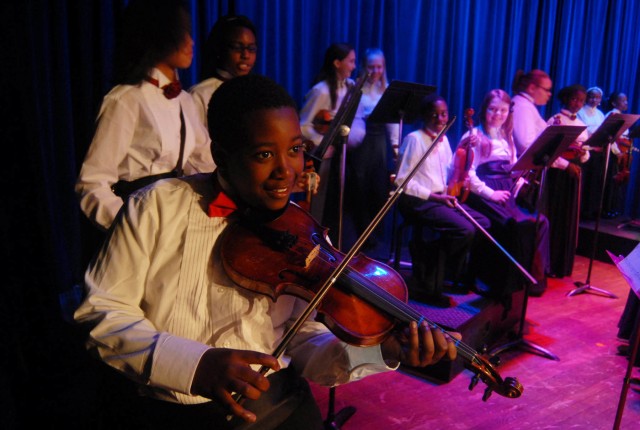
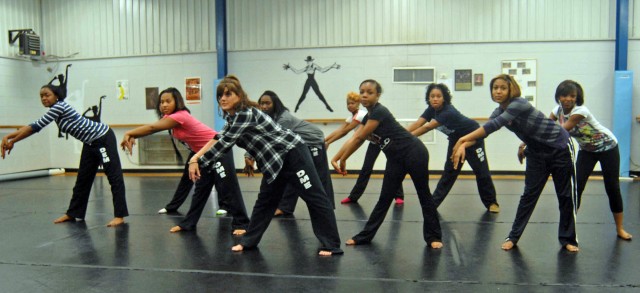
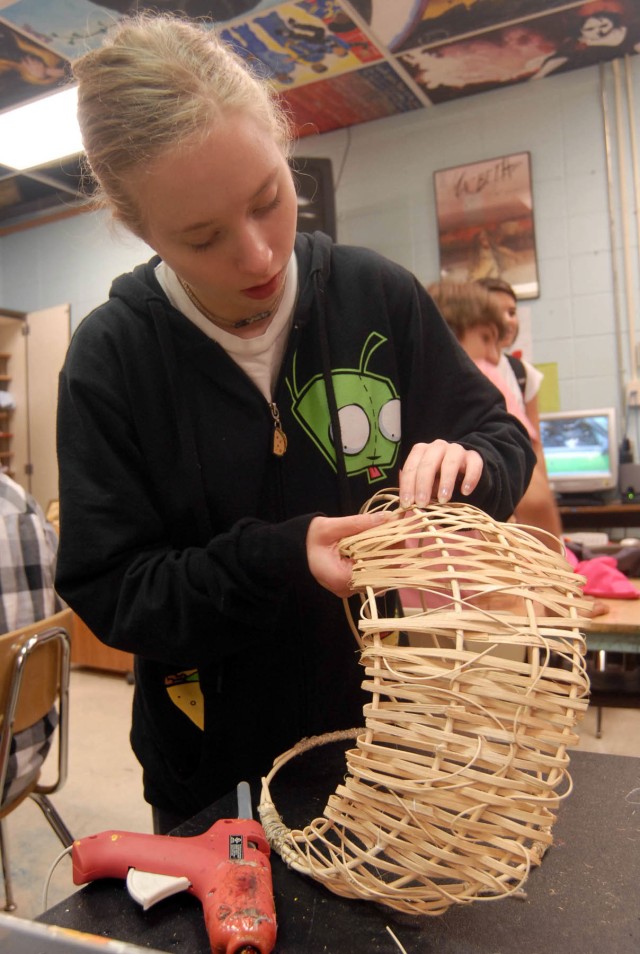
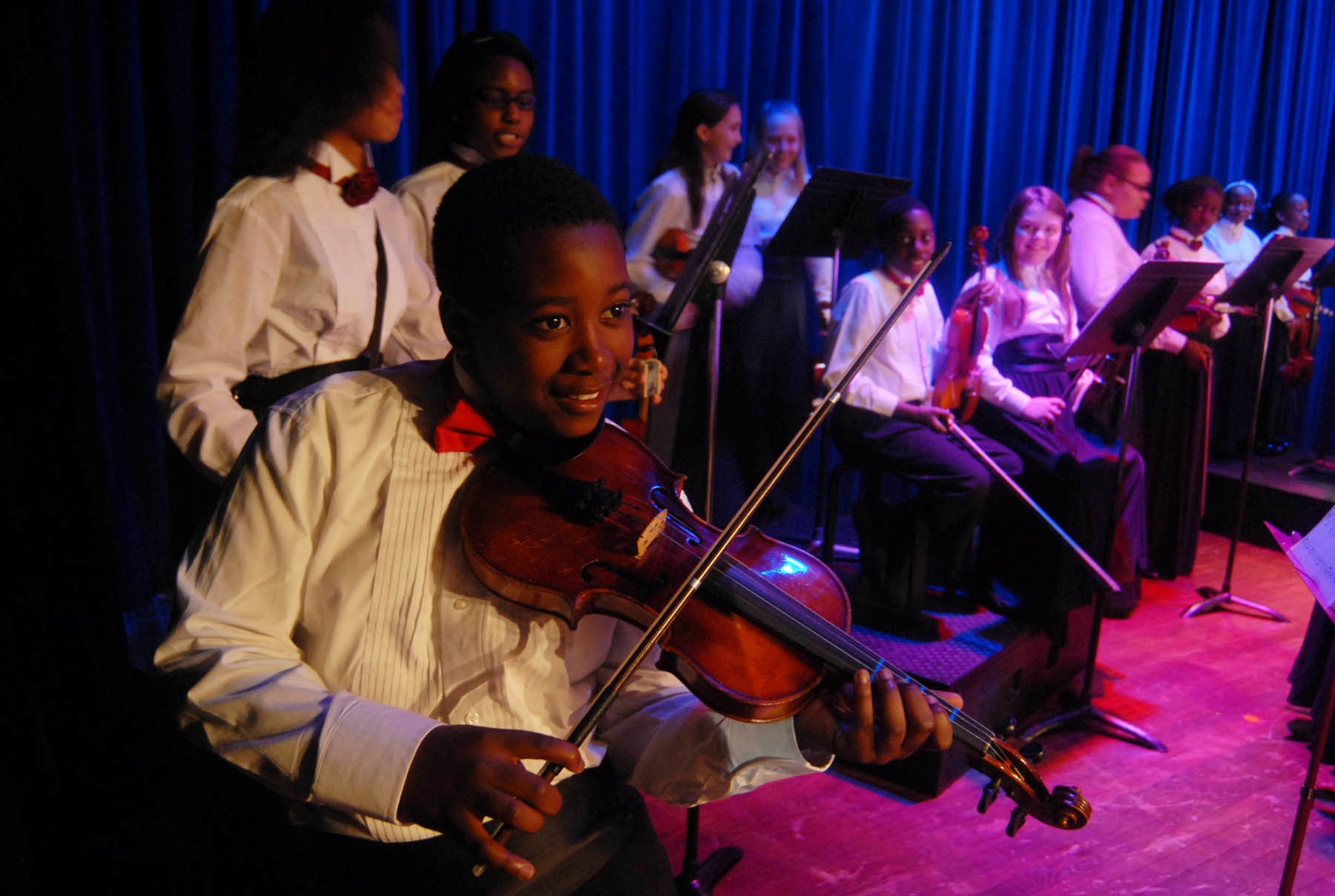
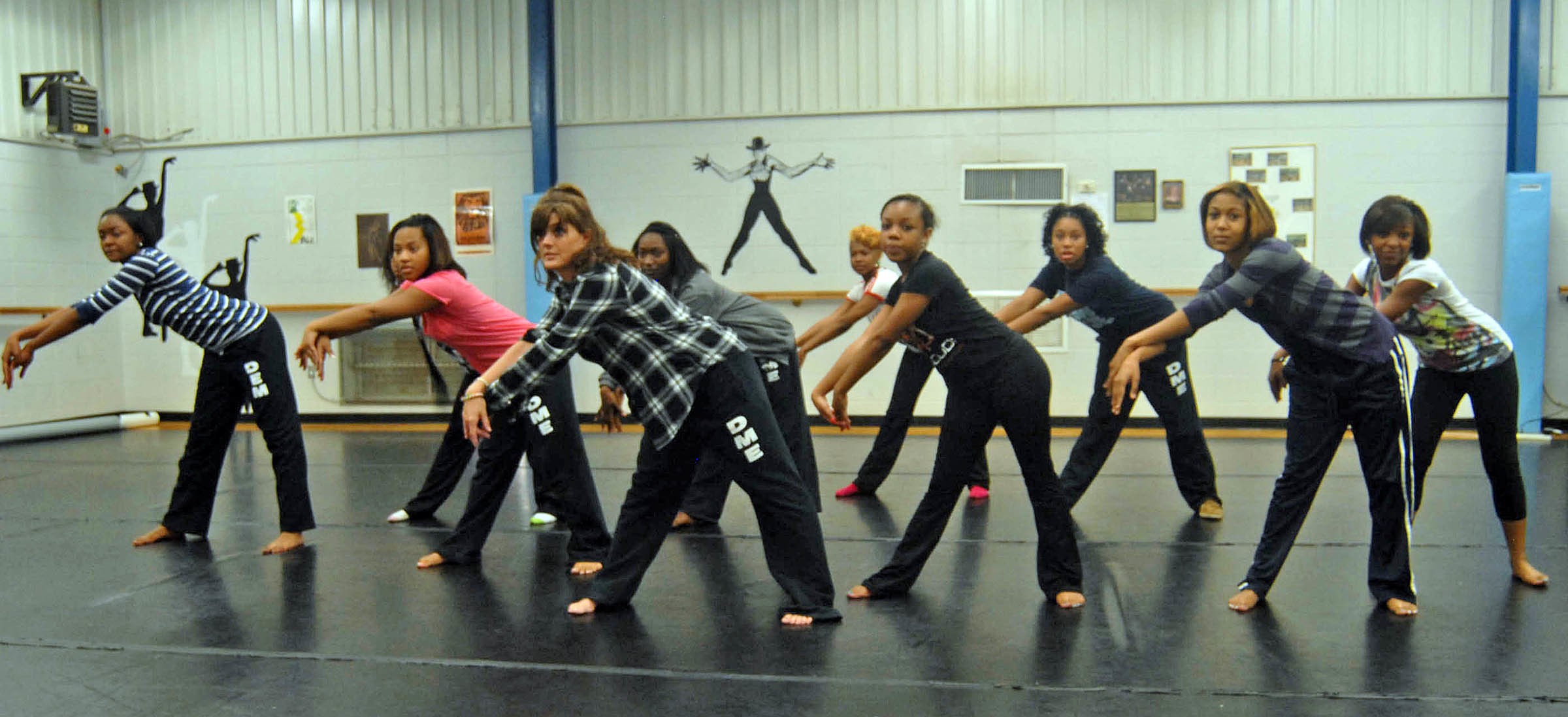
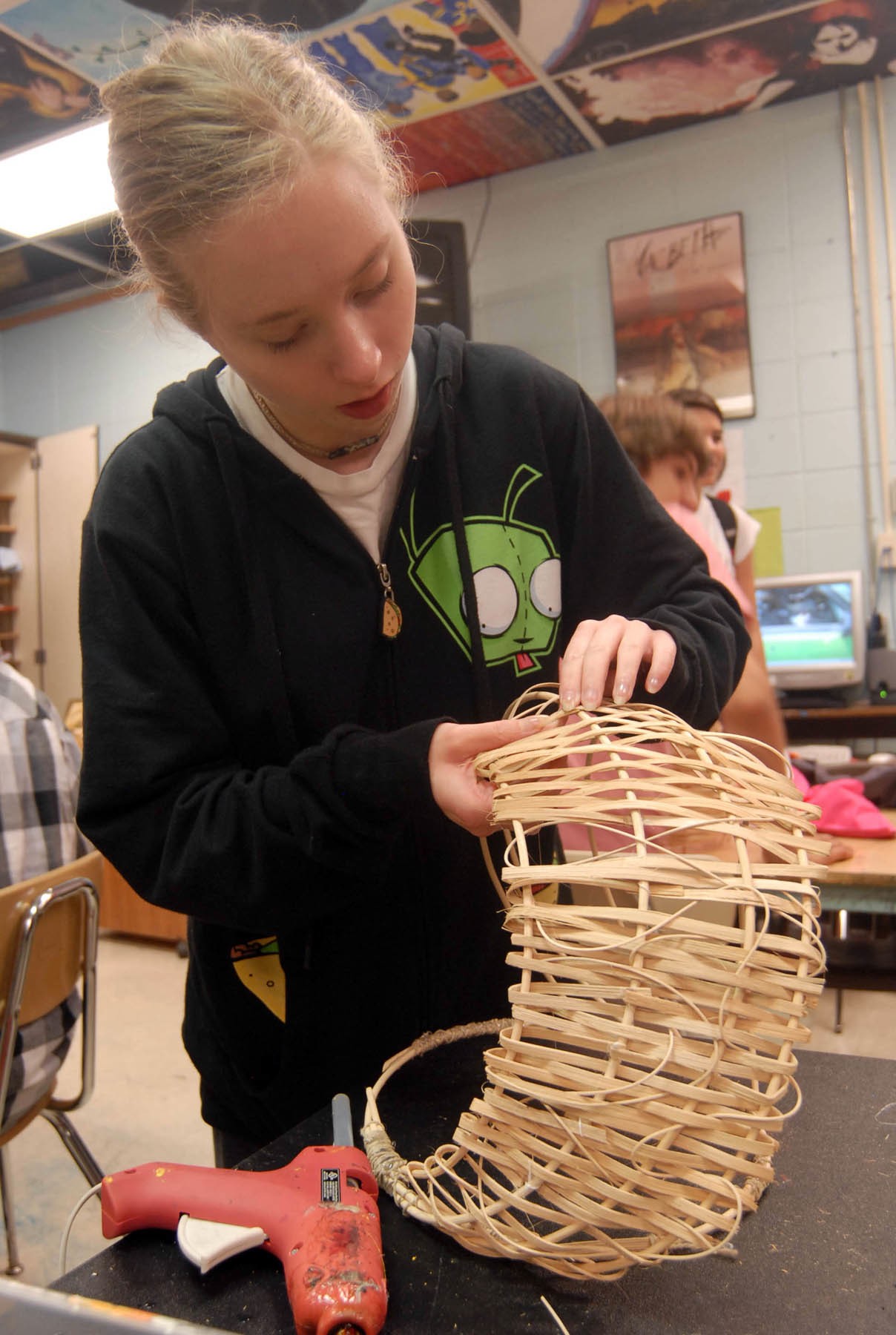
Social Sharing